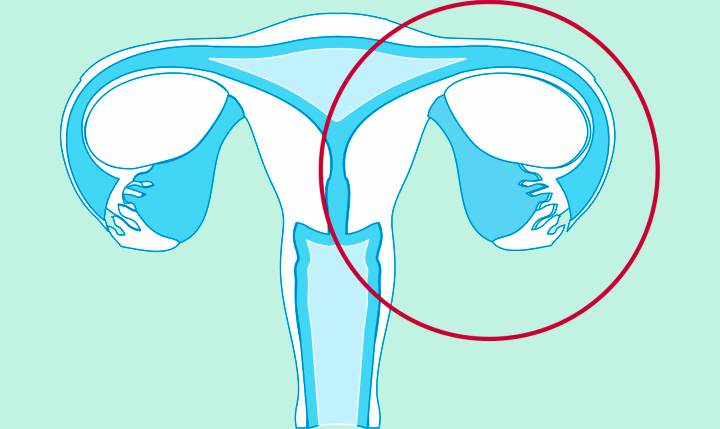To provide services at the highest level, we use cookies. Using the website requires you to choose settings related to their storage on your device. If you want to know what each type of cookie is used for, click the Details button below.
Estradiol (E2) – meaning, function, deficiency, excess 6 września 2020 |
 |
Estradiol (E2) is a natural estrogen hormone that plays a crucial role in regulating the development and function of female reproductive organs. Additionally, estradiol (E2) is responsible for controlling the menstrual cycle, breast development, maintaining bone density, and influencing many other processes in the body.
Estradiol (E2) deficiency can lead to various symptoms and consequences. In women, it can cause irregular menstrual cycles, fertility disorders, vaginal dryness, vaginal discharge, low bone mass (osteoporosis), and menopausal symptoms such as hot flashes and mood changes. In men, estradiol (E2) deficiency can affect sexual function, mood, and bone density.
High levels of estradiol (E2) can have different effects depending on gender and circumstances. In women, an excess of estradiol (E2) can lead to irregular or heavy menstrual bleeding, breast tenderness, bloating, mood swings, and increased risk of certain types of cancer. In men, excess estradiol (E2) can cause decreased libido, gynecomastia (enlarged breasts), and fertility problems.
Increasing estradiol (E2) levels may be necessary in certain cases, such as hormonal disorders or menopause. In women, hormone replacement therapy (HRT) with estrogen may be used to increase estradiol (E2) levels. However, the decision regarding hormone therapy should be made by a doctor after a careful assessment of the benefits and risks for each patient.
Lowering estradiol (E2) levels may be necessary only in specific situations, such as certain cases of breast or endometrial cancer. In such cases, a doctor may recommend hormonal treatment aimed at pharmacologically reducing estradiol (E2) levels. Another method is surgical removal of the ovaries or pharmacological inhibition of estradiol (E2) production.